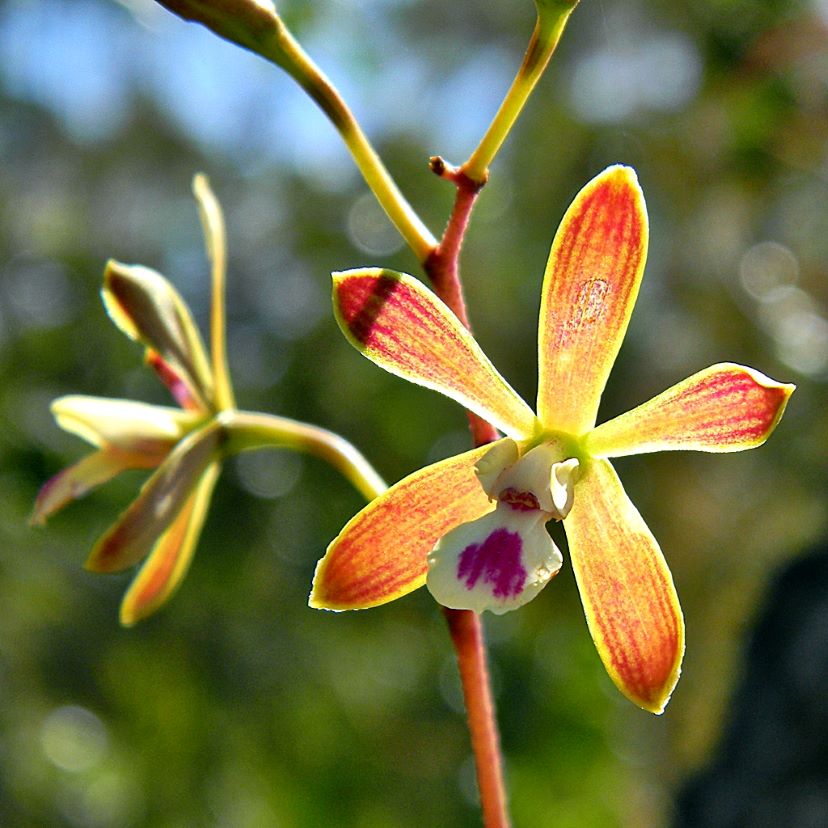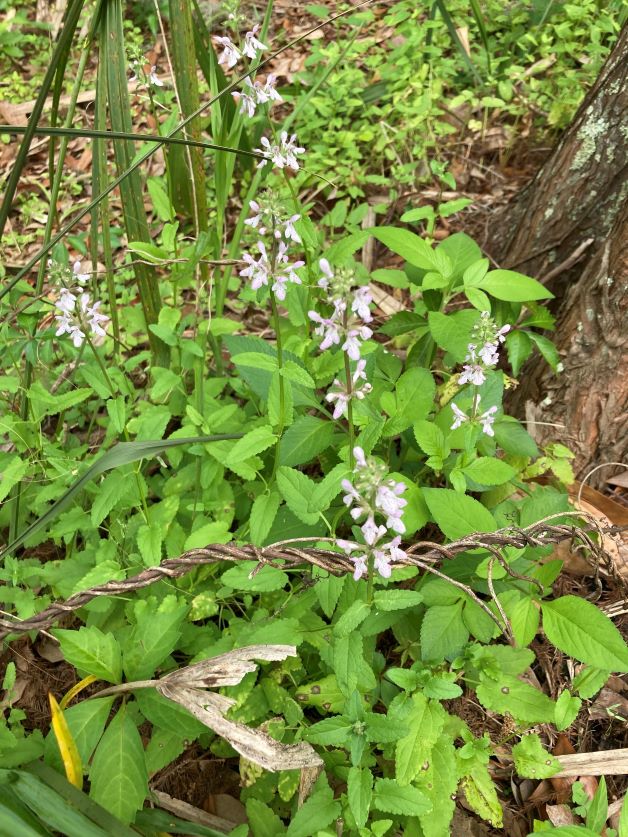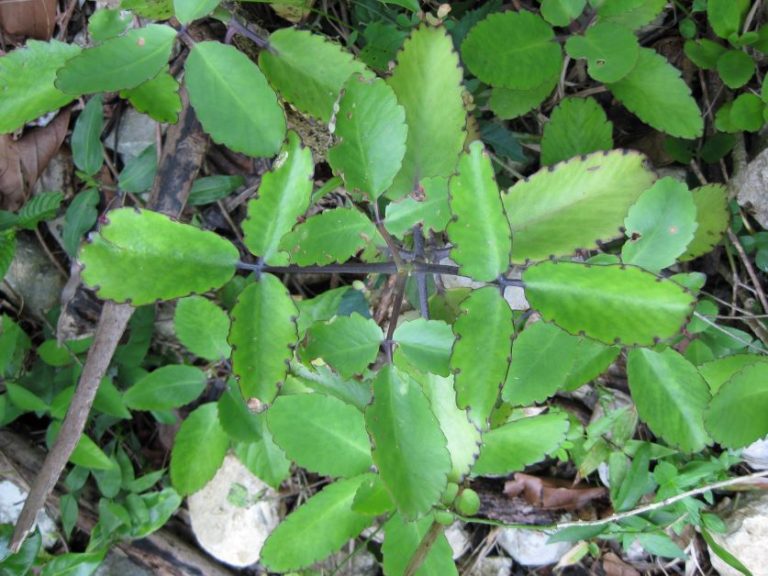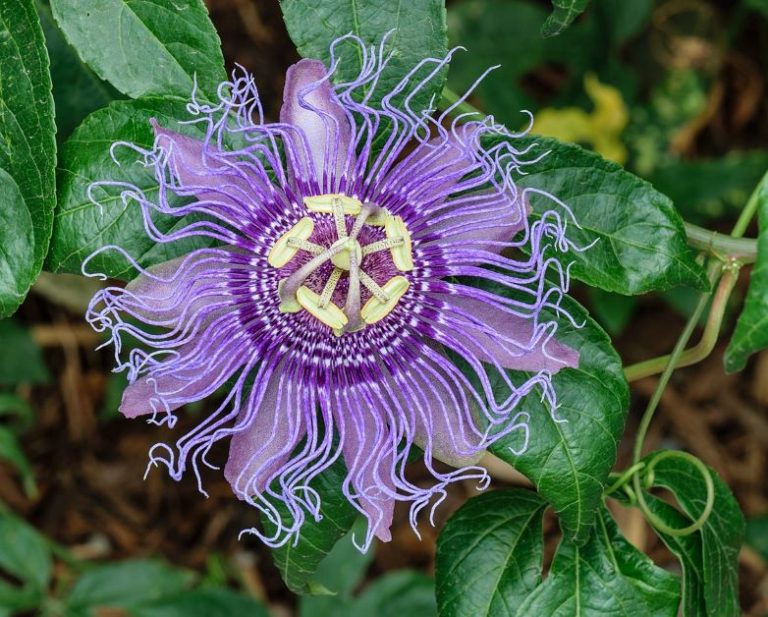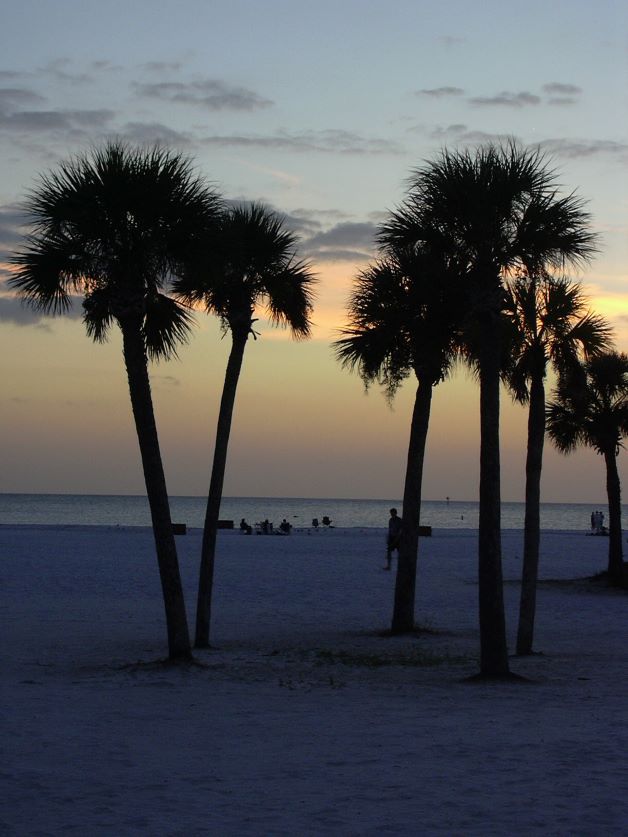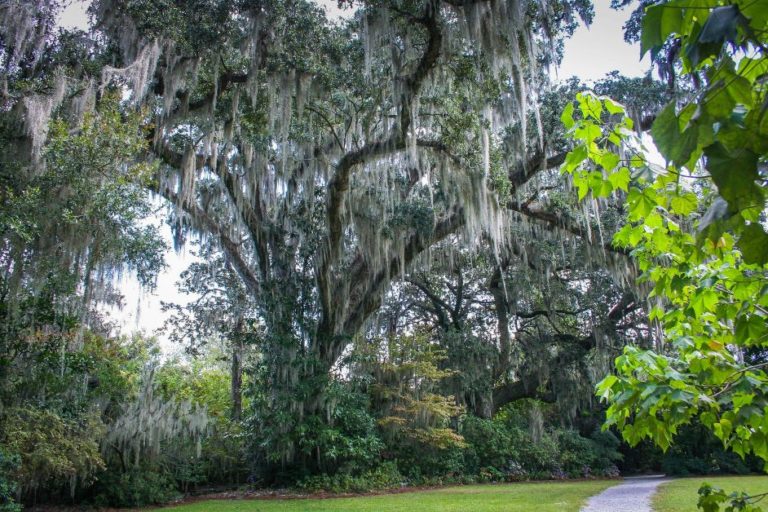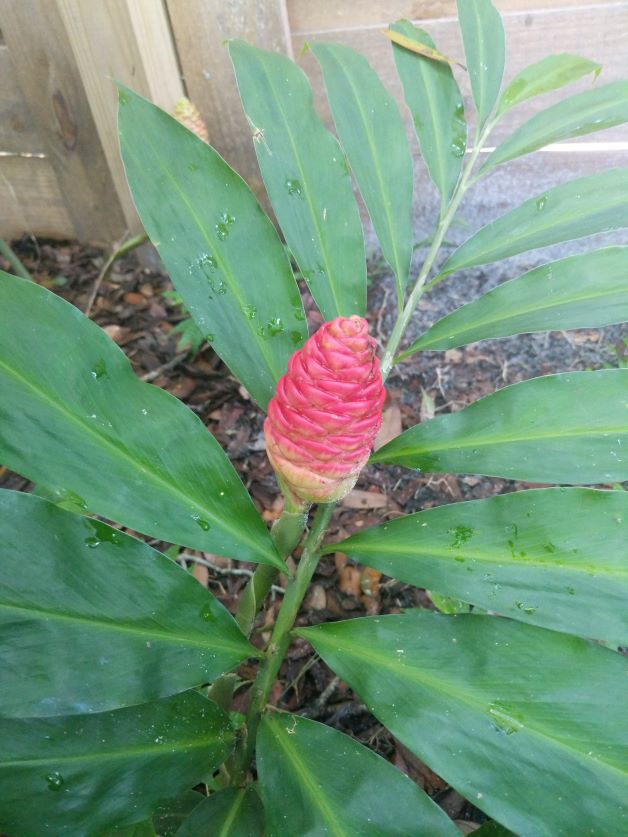Florida Native Orchids
When you think of orchids, do the colorful (and pricey) orchids from the grocery store come to mind? There’s no doubt that those flowers are dazzling, but they’re only 1 of about 30,000 different orchid species in existence. In fact, the orchid (Orchidaceae) is the biggest plant family in the world!
Grocery store orchids are called Phalaenopsis, or moth orchids. They’re a commercially-grown species native to Asia, usually Taiwan.
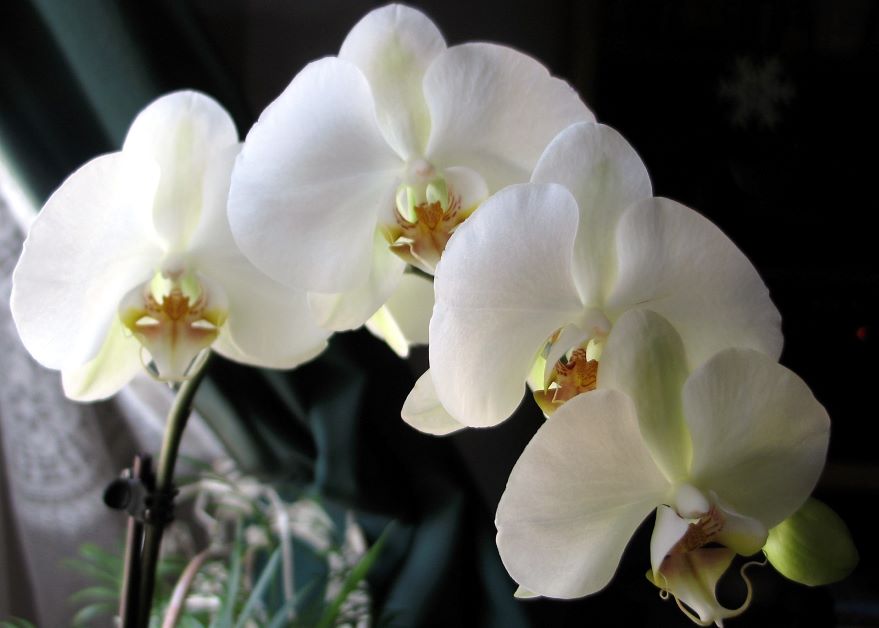
There are native North American orchids, too. Every state in the country has its own orchids, but Florida is known for its sheer abundance. With a total of 106 native species, 50% of the orchids in North America come from Florida. Out of those 106 species, 58 are endangered and 18 are threatened.
Usually, Florida orchids are smaller and less showy than the common moth orchid. Native orchids can be easy to miss unless you’re really looking but they do come in a wide range of colors, shapes, and sizes. No two Florida native orchids are exactly alike.
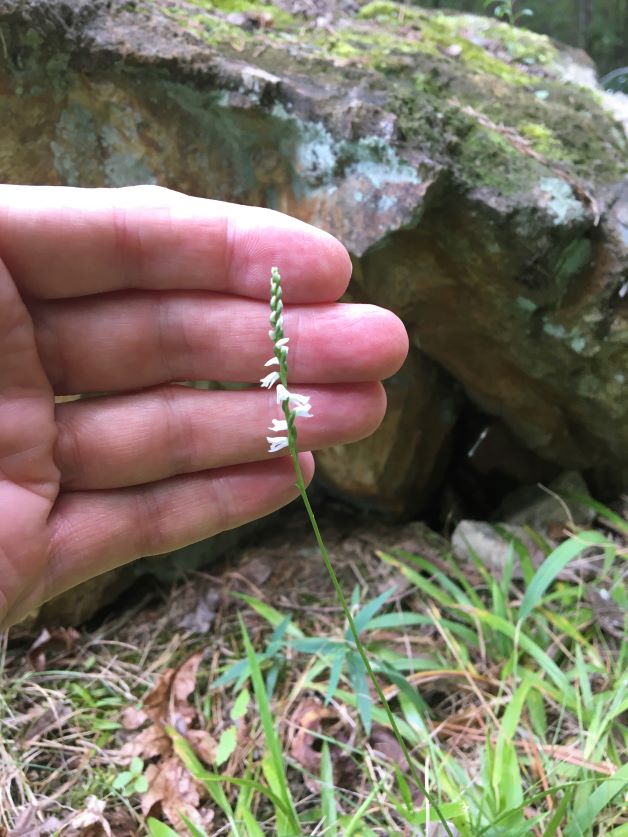
Florida orchids can either be terrestrial or an epiphyte. A terrestrial orchid grows in the ground and an epiphyte grows on trees, similar to an air plant (also an epiphyte). You can find Florida native orchid species in all sorts of ecosystems such as pinewood flats, swamps, rocklands, prairies, and even roadside ditches.
When do Orchids Bloom in Florida?
Because each orchid species is so adapted to its specific habitat, there is no official bloom season for Florida native orchids. Some orchids bloom in early spring while others bloom in fall.
Is It Illegal to Collect Florida Native Orchids?
*Please note that this section is not meant to provide legal guidance. The legality of collecting wild orchids in Florida is complicated and I’m not a lawyer. This is general information only.*
There are two Florida statutes that regulate the collection of protected plant species: the Preservation of Native Fauna of Florida statute, and the Endangered Plant Advisory Committee statute.
To accompany these statutes, the Florida Department of Agriculture created a list to categorize native plants into three groups: endangered, threatened, or commercially exploited.
- Endangered – must have written permission from the landowner and a permit from the Department of Agriculture
- Threatened – must have written permission from the landowner, no permit required
- Commercially exploited – must have written permission from the landowner, permit only required if collecting three or more plants
As an added layer of protection, there are separate rules regarding the sale and transport of endangered, threatened, and commercially exploited plants.
Orchid poaching has been a problem in Florida for decades. These laws were passed to help preserve the rare, native flora that helps give this state one of the most diverse ecosystems in the world.
Morality aside, the risk of taking a Florida native orchid isn’t worth it, and here’s why. Let’s say you’re on a hike and you catch a glimpse of the rare Florida butterfly orchid. Something comes over you. You just can’t help yourself and you’ve decided that you aren’t leaving without this flower. You’ve bought orchids from the grocery store and kept them alive, so you’re sure that you can keep this one alive, too. You gently remove the ghost orchid from its perch, sneak it out of the park, get it home, repot it in orchid soil mix…and then it dies.
Wild orchids are finicky. If you do manage to get it home in one piece but don’t provide it with the same exact conditions it’s meant to grow in, it won’t survive. Most of these orchids only grow in very specific biomes which can be hard (if not impossible) to replicate at home. So, not only did you break the law by bringing the orchid home, but you killed a rare plant for no reason other than greed and vanity.
There’s an old saying in the hiking community that says “take nothing but pictures, leave nothing but footprints.” Keep this in mind if you’re ever lucky enough to spot a Florida native orchid in the wild.
Guide to the Native Orchids of Florida
By no means are these all of the native orchids in Florida, but you can use this guide to help you to identify some of the species you may encounter in the wild.
Pinepink Orchid (Bletia purpurea)
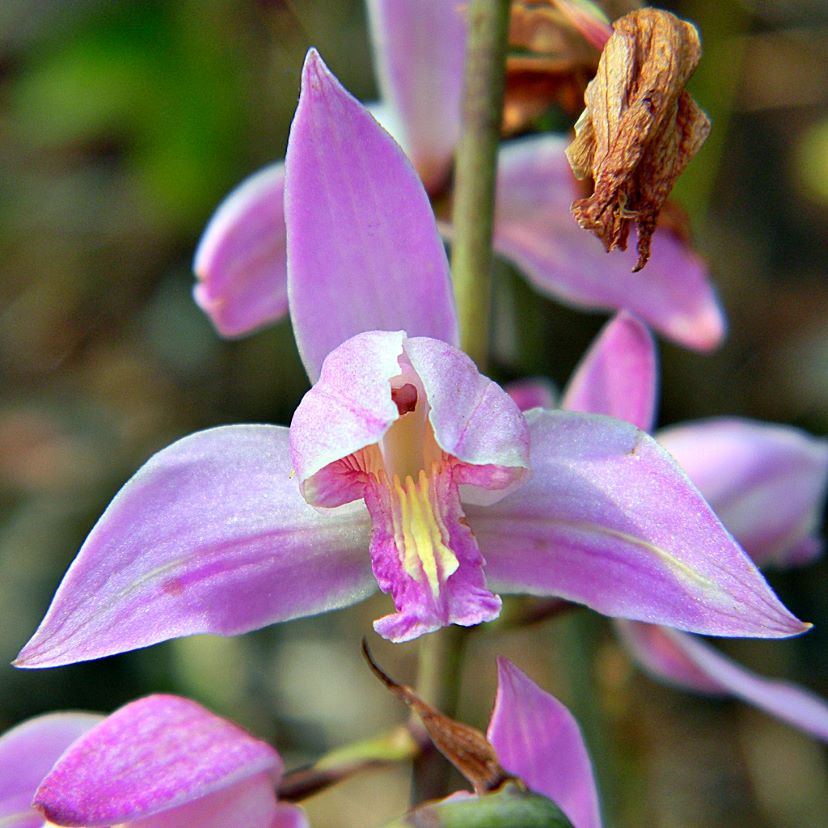
- Status: THREATENED
- Habitat: pinewoods and cypress
- Regions: Broward, Collier, Lee, Miami-Dade, Monroe, Palm Beach, and Polk counties
Spider Orchid (Brassia caudate)
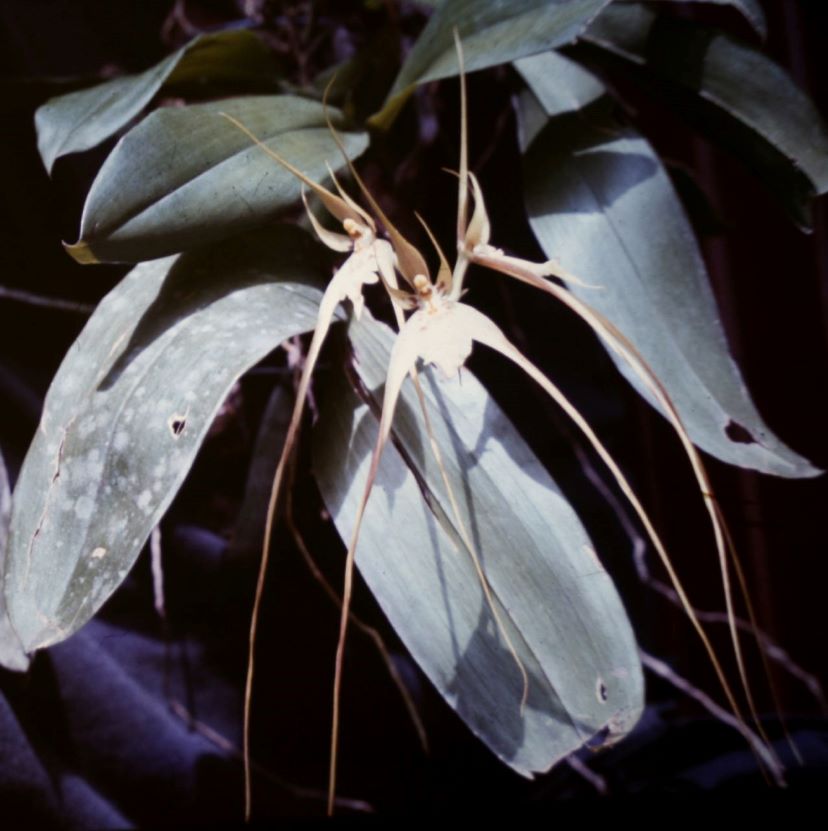
- Status: ENDANGERED
- Habitat: wooded areas
- Region: Miami-Dade
Grasspink Orchid (Calopogon)

- Status: THREATENED
- Habitat: pinelands and meadows that are maintained through controlled burning
- Region: throughout Florida
Autumn Coralroot (Corallorhiza odontorhiza)

- Status: ENDANGERED
- Habitat: wooded areas
- Region: Columbia county
Moss Orchid (Cranichis muscosa)
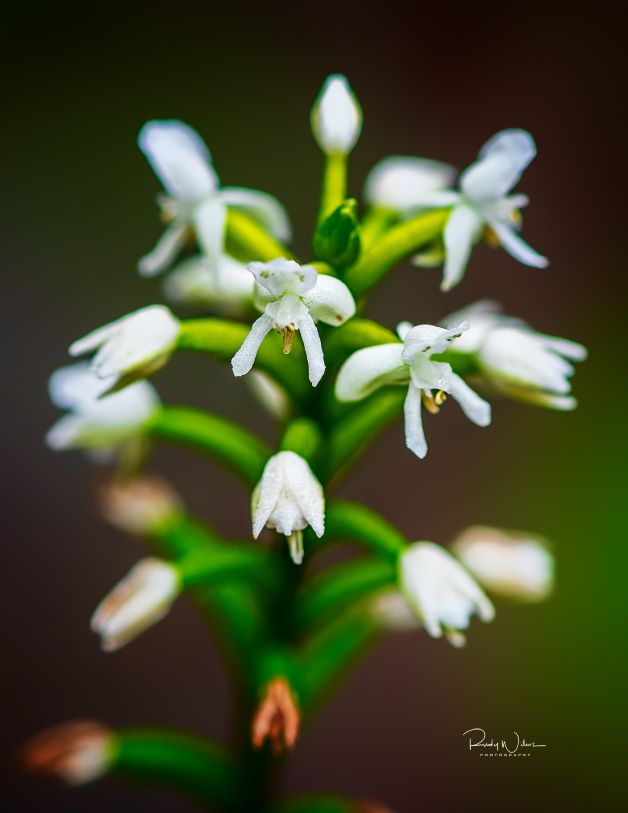
- Status: ENDANGERED
- Habitat: rockland hammocks
- Region: Collier and Miami-Dade
Cowhorn Orchid (Cyrtopodium punctatum)
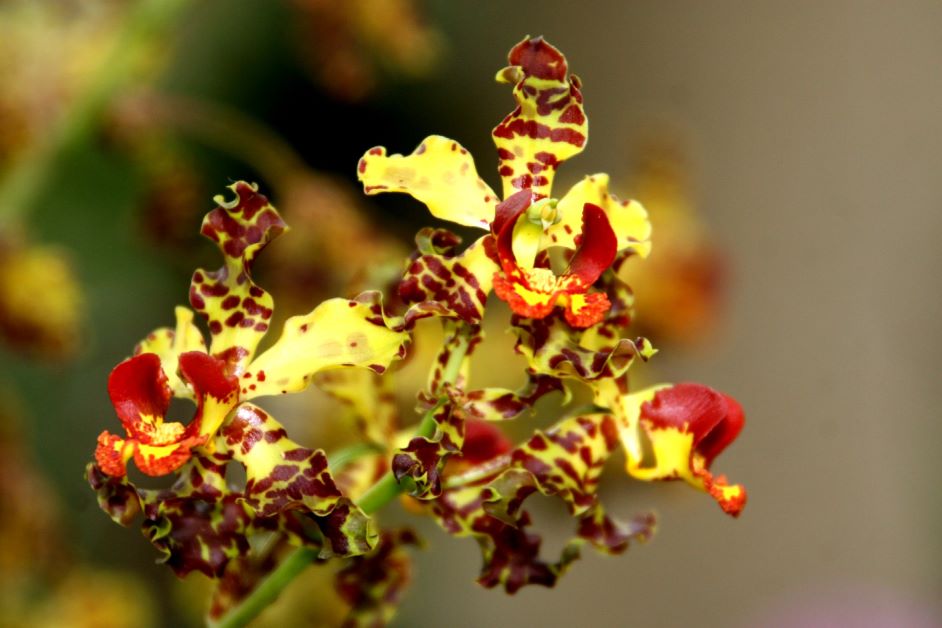
- Status: ENDANGERED
- Habitat: hammocks, praries, swamps
- Region: Collier, Lee, Miami-Dade, and Monroe
Leafless Bentspur Orchid (Campylocentrum pachyrrhizum)
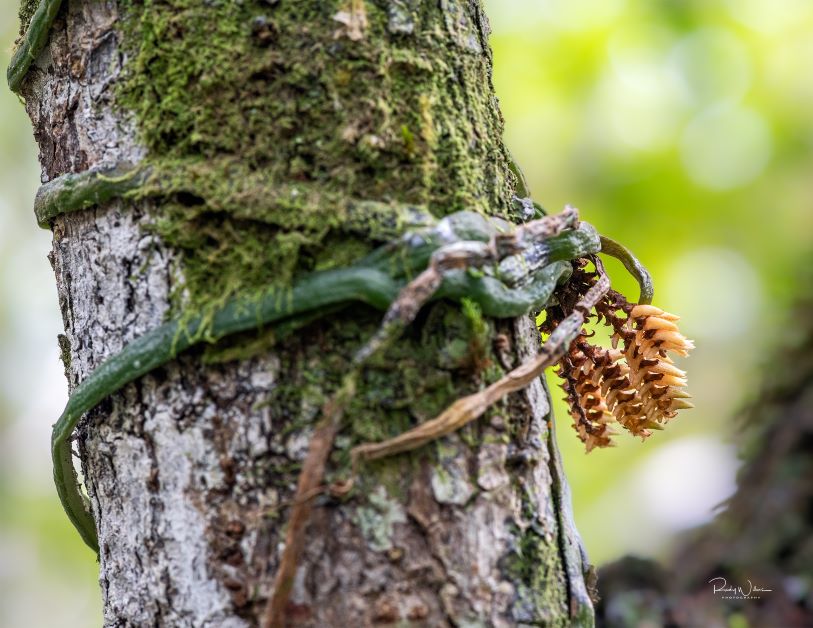
- Status: ENDANGERED
- Habitat: swamps
- Region: Collier
Ghost Orchid (Dendrophylax lindenii)
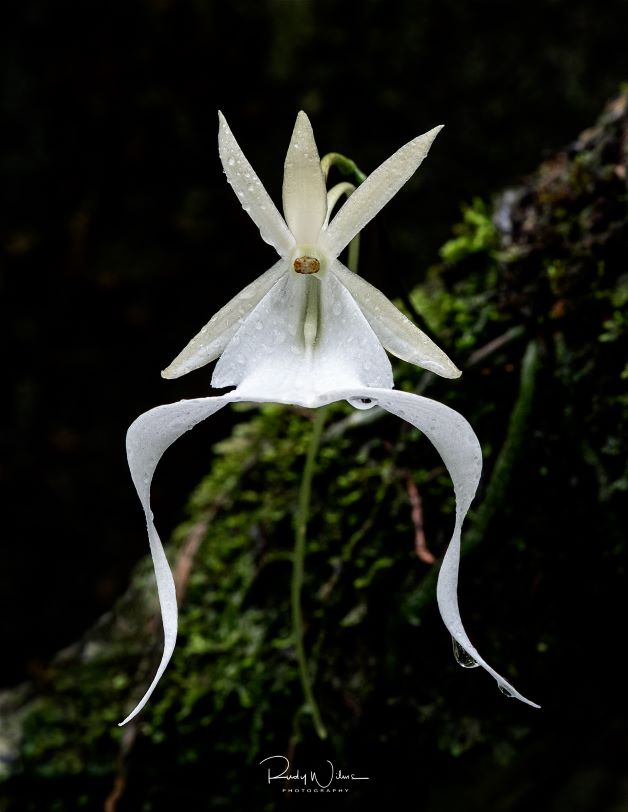
- Status: ENDANGERED
- Habitat: on trees in swamps
- Region: Collier, Hendry, and Lee
Long Claw Orchid (Eltroplectris calcarata)
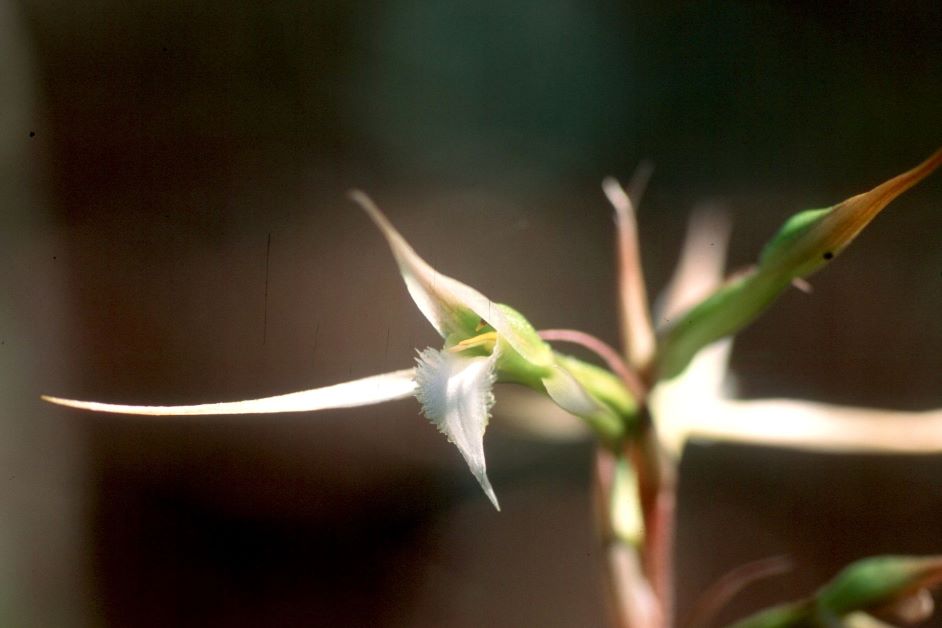
- Status: ENDANGERED
- Habitat: hammocks
- Region: Highlands and Miami-Dade
Florida Butterfly Orchid (Encyclia tampensis)
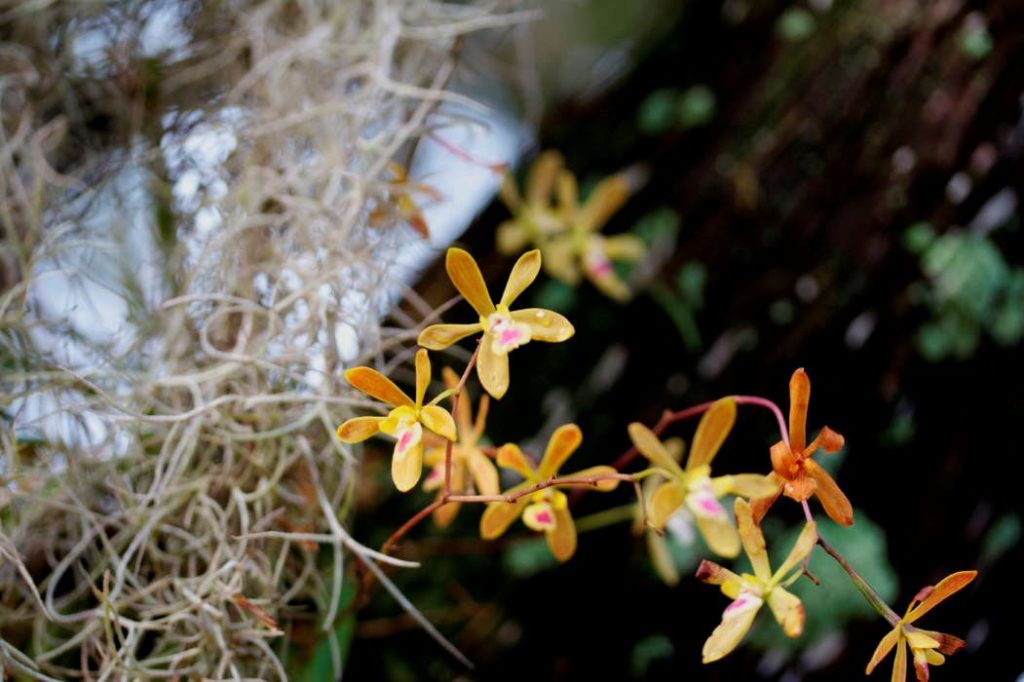
- Status: COMMERCIALLY EXPLOITED
- Habitat: trees in swamps and hammocks
- Region: Central and South Florida, Tampa Bay
Wild Coco Orchid (Eulophia alta)
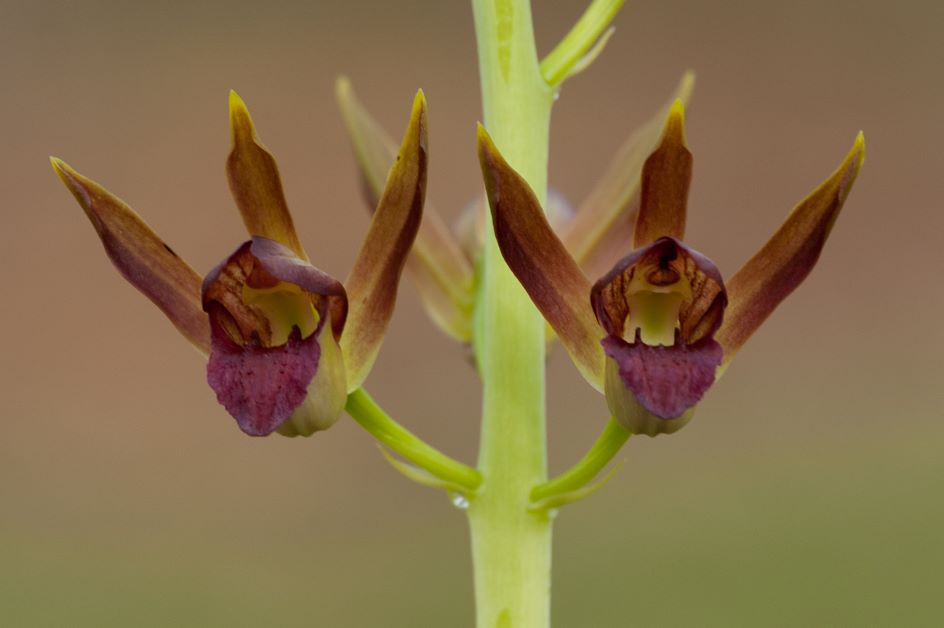
- Status: not yet endangered, threatened, or commercially exploited
- Habitat: woods
- Region: Central and South Florida
Hairy Shadow Witch (Pontheiva racemosa)
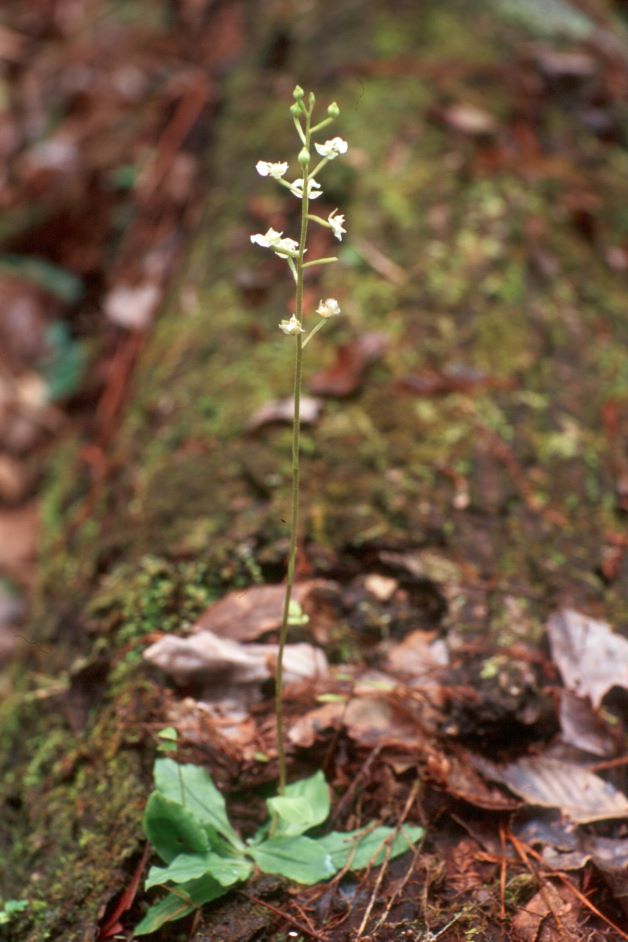
- Status: ENDANGERED
- Habitat: pine rocklands
- Region: Miami-Dade
Related Articles:
- Top 10 Florida Native Fruits
- The 12 Native Palm Trees of Florida
- Florida Oak Trees
- Florida Native Milkweed
Featured Image Photo Credit: Bob Peterson

